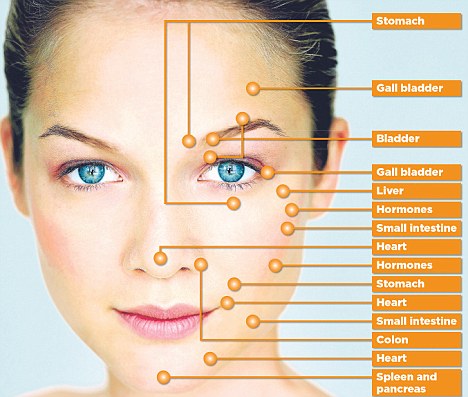This blog post was originally written for Apothecary By Design – a premium quality specialty, retail and compounding pharmacy in Portland, Maine. http://www.apothecarybydesign.com/blog/
I remember when I was a kid going to my Aunt’s house for Thanksgiving, my mom would always show up with a box of special food for us with brown rice, special breads and other jars of rattling, unappealing looking things. I always felt slightly embarrassed, wishing we could just blend in with everyone else. Now, I am that person. I always travel with special bread, usually my brown rice pasta in case of dinner emergency, and other ingredients and snacks that I know I can eat.
Food allergies are on the rise world-wide. It is estimated that 15 million Americans have food allergies, and this potentially deadly condition affects 1 in 13 children. Another study found that 3 out of 4 children had a food reaction. Symptoms can range from an itchy mouth or runny nose, to asthma attacks, skin eruptions, behavioral changes, anaphylaxis and more. The Center for Disease Control released a study in 2013 stating that food allergies increased 50% between 1997 and 2011. With these kinds of numbers being evidenced in clinical studies, it is likely that many of our readers will be figuring out how to manage this holiday’s season with at least one family member on a restricted diet. For more information on food allergies, please see the following links:
http://newsinhealth.nih.gov/issue/aug2012/capsule1
http://www.foodallergy.org/facts-and-stats
So, what is your plan for managing these holidays that are full of delicious foods that don’t work for you? The first step is to strategize. Complete restriction is unlikely for most of the population, and can lead to binge eating behaviors as a reflexive backlash. This is the “no-strategy” strategy that usually fails. Instead, make some educated choices, and make a plan. Some people can get away with small amounts of some allergenic foods, and can’t get away with others. So, making choices to suffer a little on some fronts so you can stay strong on others may be a safe plan. If you need to stay on a strictly narrow regime for health reasons, it will be more important than ever to plan ahead and bring tasty alternatives to the traditional choices so you have a meal you can enjoy as well.
For example: You really suffer when you eat gluten, but you can get away with eating dairy occasionally.
Thanksgiving Plan: Bring gluten free crackers for the crackers/cheese hour. Bring Imagine brand gluten free turkey gravy (not incredible but good enough.) Bake a gluten-free apple crisp. Plan on skipping the stuffing, but eating the mashed potatoes and dessert with ice cream.
Some families are willing to substitute key ingredients to make some elements of the meal safe for the whole family. For example, mashed potatoes could be made with Earth Balance margarine and an alternative (unsweetened) milk option to be dairy free. Again, a gluten free gravy could be used in addition to the traditional recipe, and a small amount of oven baked stuffing could be set aside for the vegetarians.
If you or a family member has an anaphylactic response to a particular food, it is best to inform all guests ahead of time. Make sure you have an epi pen available as well if you or your child has this kind of severe allergic reaction. There are some supplements that can help balance the overindulgence for mild to moderate food reactions . Gluten-ease was mentioned in our last newsletter as a simple occasional digestive support. This product contains high potency enzymes that ensure complete digestion of gluten, gliadin and casein proteins, reducing allergenic effect and potentially reducing symptom onset. This product is not recommended for celiac disease or people with severe gluten or dairy reactions.
Other products that help quiet an inflammatory food response are quercetin, bromelain, and nettles. These products can often be found combined together in products like D-Hist and D-Hist Jr by Ortho Molecular, and are best taken for 2-3 weeks before the food is introduced to minimize systemic inflammation. Quercetin is not safe in pregnancy, but nettle tea is a safe, simple remedy that everyone can use. Carminative teas like peppermint, fennel, and ginger can also help ease digestion for everyone after a large meal.





